Previous
Furni/tecture: the borderline of design


Your dream house is one step away from you.
Subscribe to our newsletter and get 10% off orders of at least 100€!
Enjoy it and don’t miss out on our offers and updates.


What if this weekend you got an invite to drinks out at an abandoned factory? You’d probably be tossing and turning over the idea of sitting amongst dust, packaging and dangerous machines: the reality is much more pleasant. Refurbishing industrial spaces proves to be an ever-rising trend, behind which rests a careful study that makes note of the genius loci. The result is a layout that tells a story, all the while writing a new one.
You don’t need to go far: just beyond the Navigli, the Fonderie Milanesi liven up a hidden courtyard, where the industrial past and the local atmosphere come together to bear witness to the successful transformation of southern Milan.
Once the deep outskirts of the city, bordering the country side, intended for industrial production and inhabited by workers and their families, southern Milan is now one of the key centers of the city. Universities, creative souls and start-ups are flooding this area, as new bars open weekly and museums blossom.
In addition to the Darsena, there are three examples: the Museo delle Culture (Mudec) [Museum of Cultures] and the neighboring Base Milano have renovated the space formerly belonging to Ansaldo in via Tortona, while the Fondazione Prada [Prada Foundation] has restored the former Società Italiana Spiriti [Italian Spirits Company] distillery.
The seemingly rigid and unimaginative layout transforms into a malleable container for these new projects. The architecture of the factories maintains its character without imposing, creating balance and disparity that seem to have been carefully thought out at a desk – or rather, at an architect’s table.
The Fonderie Milanesi are an excellent example of this type of balance. The space once belonged to an artistic foundry, which is today hidden beyond the crowded Darsena bars and a few steps away from the historical tram deposits.
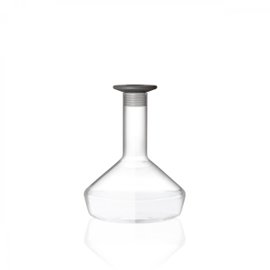
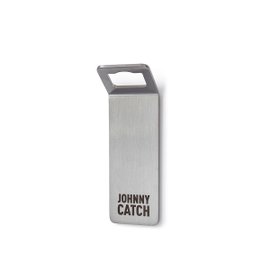
To get there, you must pass through a closed thick gate (just ring, I promise) and go through a long courtyard with pergolas and galleries, which overlooks abandoned garages and different coexisting bars. It almost seems as if you’re not in Milan, or at least certainly not the dazzling Navigli part of Milan: The architecture is not beautified but rather flaunts its wear and tear, confusing us with an atmosphere that’s a cross between a farm and factory.
But now the noise of the machines is replaced by laid-back chatter and the clink of cutlery and glasses. The Fonderie Milanesi have become a place where you can have a drink or Sunday brunch – in fact, during the weekend it’s almost impossible to get a table without reserving first.
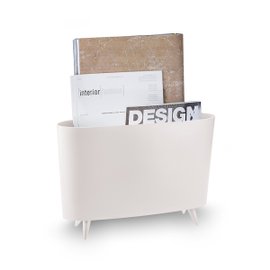
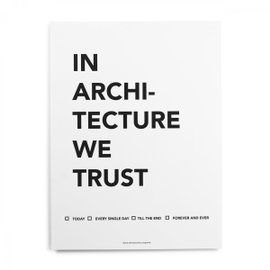
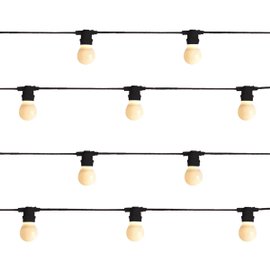
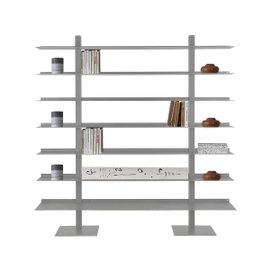
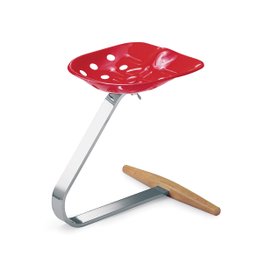
Since 2013 they have been proof that the recovery of industrial architecture is an investment in the upgrade of the territory, which can be great for food and good company – two things at which we Italians excel.
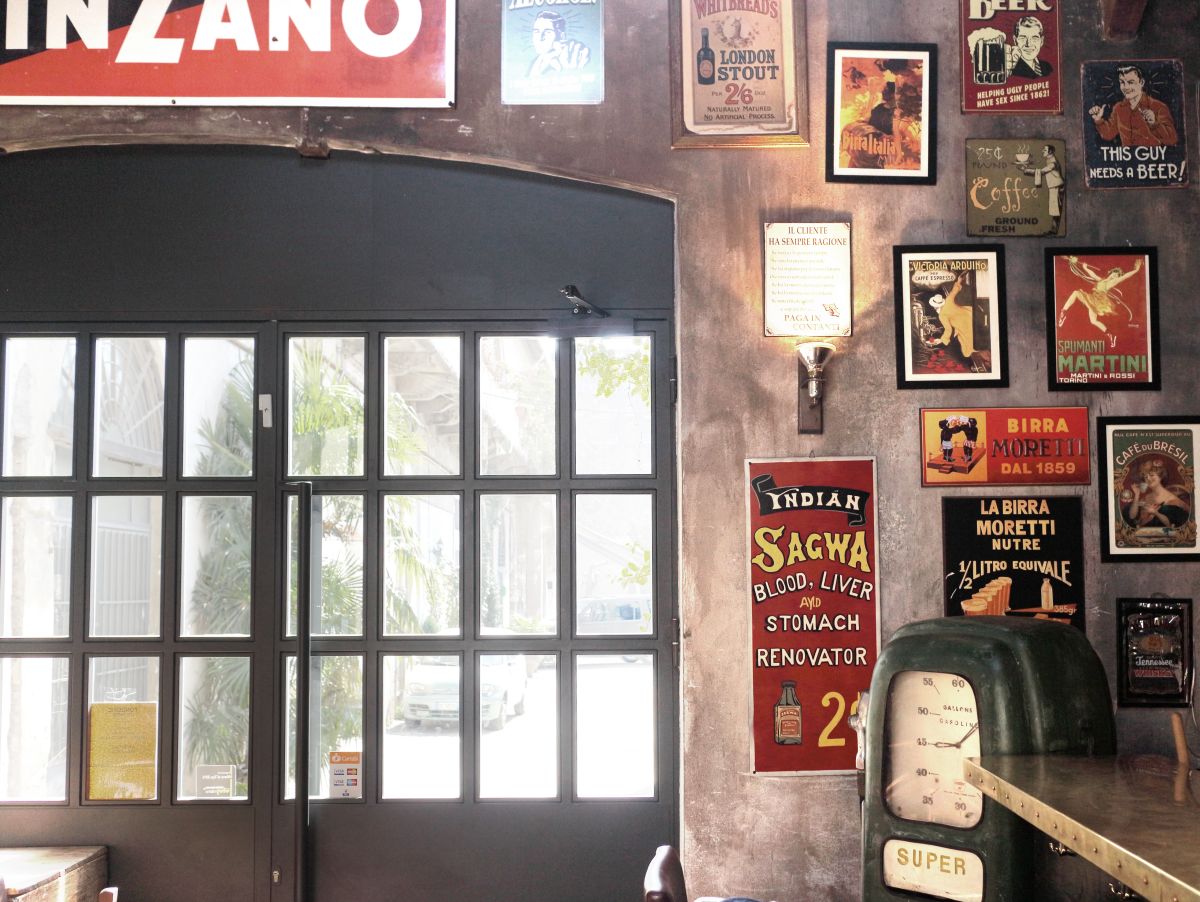 The Fonderie tell the story of Milano’s past: the walls are decorated with stories of the city.
The Fonderie tell the story of Milano’s past: the walls are decorated with stories of the city.
Why have we ended up at the Fonderie? Surely history, work and sharing are the buzzwords that triggered the interest. However, it’s the environment that sealed the deal: The simplicity of the Fonderie space seemed like the perfect backdrop to give prominence to Rodolfo and Sofia, which continue to impress in making transformation a reality.
The industrial space is converted while still preserving its identity, and in the same way Rodolfo and Sofia’s modules can transform themselves and the environment that they furnish, at the service of those who inhabit those spaces.
And what better stage to highlight the nuances of Rodolfo’s Kvadrat fabrics if not the strong colored walls of the interior? With surfaces deliberately scuffed and industrial resin floors that alternate angles with a more refined appearance, small glimpses of bourgeois Milano apartments, with elegant tapestries on the walls and twentieth century geometries on the ground. Altars perfect for enhancing Sofia’s outline.
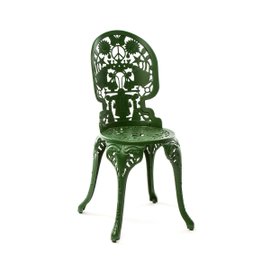
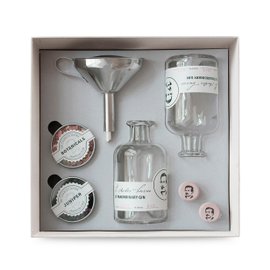
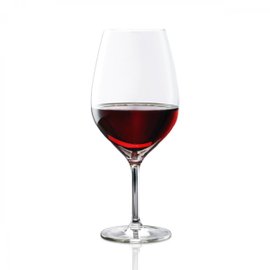
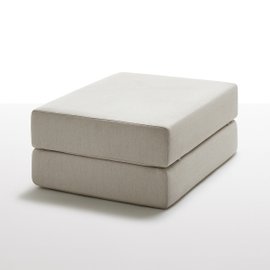
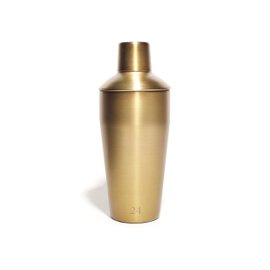
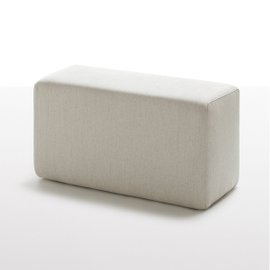
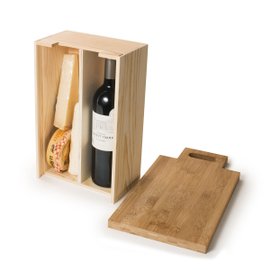
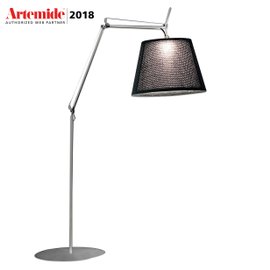
Home Accessories
Koziol
Cinqpoints
Gifts
Seletti
Selab
Lighting
Outdoor
The best of Design
Seletti Outdoor
LAST PIECES of products in stock up to 80% off
Siderio
Furniture
Best Italian Design
The Hygge Philosophy: Informal and Versatile also in the Office
Zanotta
Achille - Pier Giacomo Castiglioni
Dining
Viceversa
höfats
Thomas Kaiser - Christian Wassermann
Studio Job
Home with a sea view
Sicily at home
Dr. Charles Levine
Christmas
Aida
ThESIGN
Davide Negri
The timeless game of black and white
Men'S Society
Rack Pack
Home Accessories
Artemide
Michele De Lucchi & Giancarlo Fassina

 Back to
Back to
Size*
Quantity*




